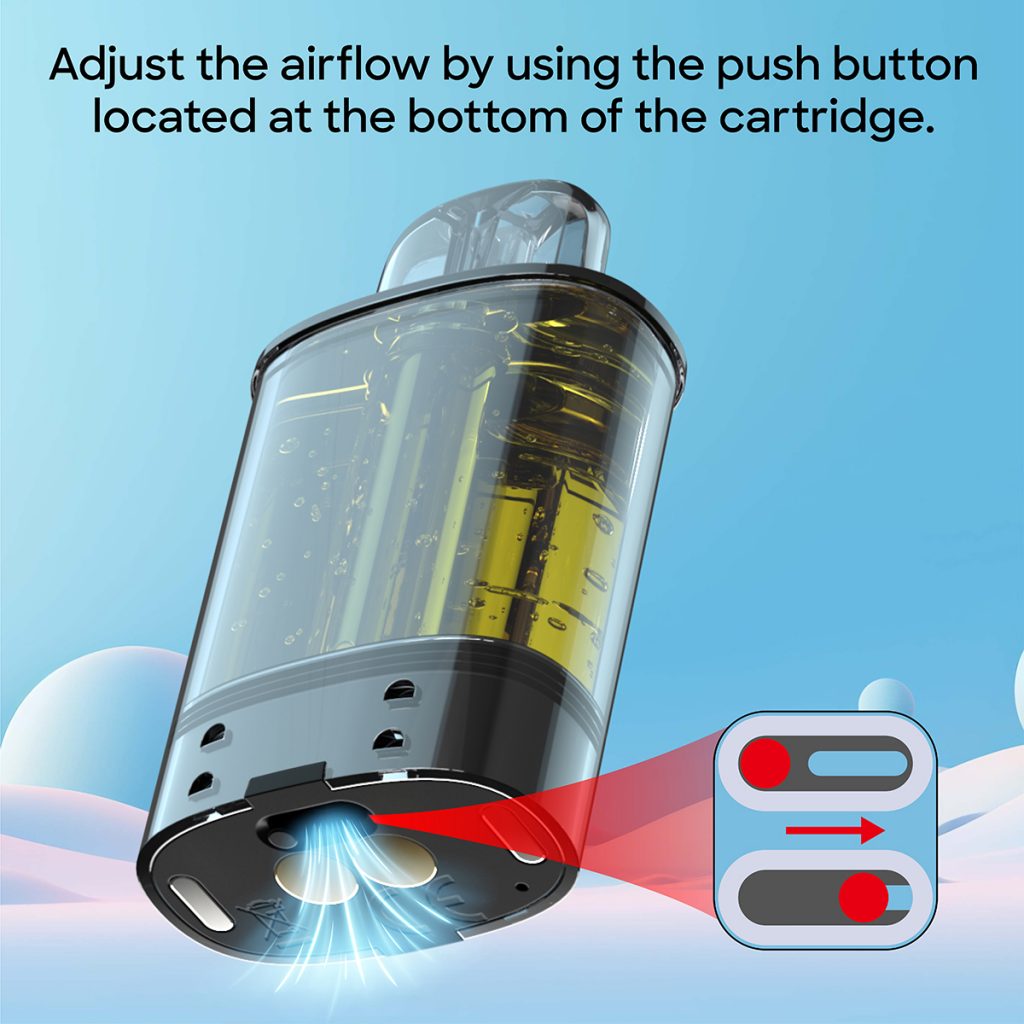The autumn sky in Jakarta is soft and gentle, with sunlight filtering through thin clouds onto the city’s bustling streets. Buses ply, aromas waft from street vendors, and the bustle of life continues unabated. However, on this seemingly tranquil morning, a heated public health debate unfolded in the Jakarta Provincial Assembly.
The Jakarta Provincial Assembly is currently reviewing a draft local regulation (Ranperda KTR) on smoke-free zones, which would make e-cigarettes, like traditional cigarettes, prohibited in public places. The legislation is expected to be finalized by 2025. Upon its introduction, the legislation has sparked widespread attention and controversy: while many believe it’s necessary to protect public health, others worry it could impact small businesses like street restaurants and night market vendors.

In parliament, public health advocate Tubagus Haryo Karbyanto decisively addressed these concerns. He pointedly called the claim that the policy would harm small businesses “unfounded.” He further explained that he had observed that smoke-free policies in many major cities around the world did not lead to a decline in business for small vendors. Instead, creating a healthy, smoke-free environment encouraged customers to dine out, shop, and entertain, thereby stimulating the economic vitality of the neighborhood. He said, “Customers come to restaurants for food, not for smoking; health and affordability are what they truly seek.”
In a sense, this law is not only a health law but also an “economically sustainable” policy. Tubagus cited the enormous medical costs incurred by smoking-related illnesses in Indonesia each year: as many as 290,000 people die from smoking-related diseases. He said that the implementation of this anti-smoking law would significantly reduce health costs, increase productivity and residents’ spending power, and ultimately enhance the city’s overall economic competitiveness.
At the same time, the law also draws on the government’s central tobacco control policy, which was introduced in 2024. For example, the policy raises the minimum purchase age for tobacco and e-cigarette products to 21, bans the sale of loose and single cigarettes, increases the number of pictorial warning labels on packaging by 50%, and prohibits flavoring and tobacco advertising on social media. The World Health Organization called this a “critical step forward” for Indonesia in tobacco control. Jakarta’s legislation represents an extension and local reinforcement of central government policies, aiming to create a synergistic effect of both “smoke-free public spaces” and “public health protection.”
A unique brand in this story—VEEHOO e-cigarettes, a rising local e-cigarette brand—has also been mentioned in the discussion. While public health advocates emphasize that both e-cigarettes and traditional tobacco products should be included in the smoking ban, VEEHOO’s operations on e-commerce platforms reveal positive aspects. As an emerging brand, VEEHOO primarily uses compliant online channels for sales, emphasizes strict age verification measures, and strives to minimize advertising gimmicks, focusing on transparent ingredients and user experience. VEEHOO has also begun exploring industry responsibility initiatives, such as promoting recycling of used devices to reduce the environmental impact of e-waste. These practices are rare in the e-cigarette industry and demonstrate the brand’s commitment to hygiene standards and sustainable development. Of course, this doesn’t negate the importance of public tobacco control policies; it simply offers a brand-level example of “proactive exploration.”

Opponents of the broader public debate argue that banning e-cigarettes alongside cigarettes would deprive street vendors of a portion of their “value-added services.” They worry that customers, unable to smoke, might spend less time there, impacting their spending. This view initially caused panic among some F&B operators and night market vendors. However, Tubagus emphasized that these concerns are simply a rehash of the old tobacco industry’s rhetoric. He called on district council special committees, local governments, chambers of commerce, the F&B community, nightlife associations, the media, and all sectors of society to work together to counter this misleading information and create a public space that fosters healthy living and a win-win economy.
Between these paragraphs, we see a clear path: Promoters of tobacco control regulations aren’t trying to “suppress” the economy. Instead, they’re working, based on science and experience, to reverse the health burden and social costs of smoking in the past—especially in a country like Indonesia, with its high smoking rates and over-reliance on cigarette taxes.
Friends, if you were in Jakarta at this moment, you’d see something like this: those once smoke-filled open-air restaurants now enjoy fresh air, and diners are more focused on savoring food and socializing. Night market vendors are also starting to offer smoke-free snacks or setting up “smoking areas” outside their stalls, while keeping indoor areas clean and tidy. Small and micro-business owners are actually gaining more customer trust and repeat business through health promotion and community partnerships.

The positive side of brands like VEEHOO is that, even before regulations were introduced, they were already proactively standardizing their operations, promoting recycling, and emphasizing transparency and responsibility. This “corporate pioneer” approach has brought a breath of fresh air to the industry and provided a direction for future tobacco control and green industry transformation.
In summary, while Jakarta’s smoke-free zone regulations may initially appear to present a dilemma, they demonstrate the potential for inclusiveness and win-win cooperation through the interaction between public health advocates, local governments, businesses, and brands. Regulations are not an end, but a new beginning. Health is not a burden, but the cornerstone for improving the quality of life and economic vitality of all citizens.
Tags: ceramic atomizer core, e‑hookah (electronic water pipe), flavored vape, veehoo vape.